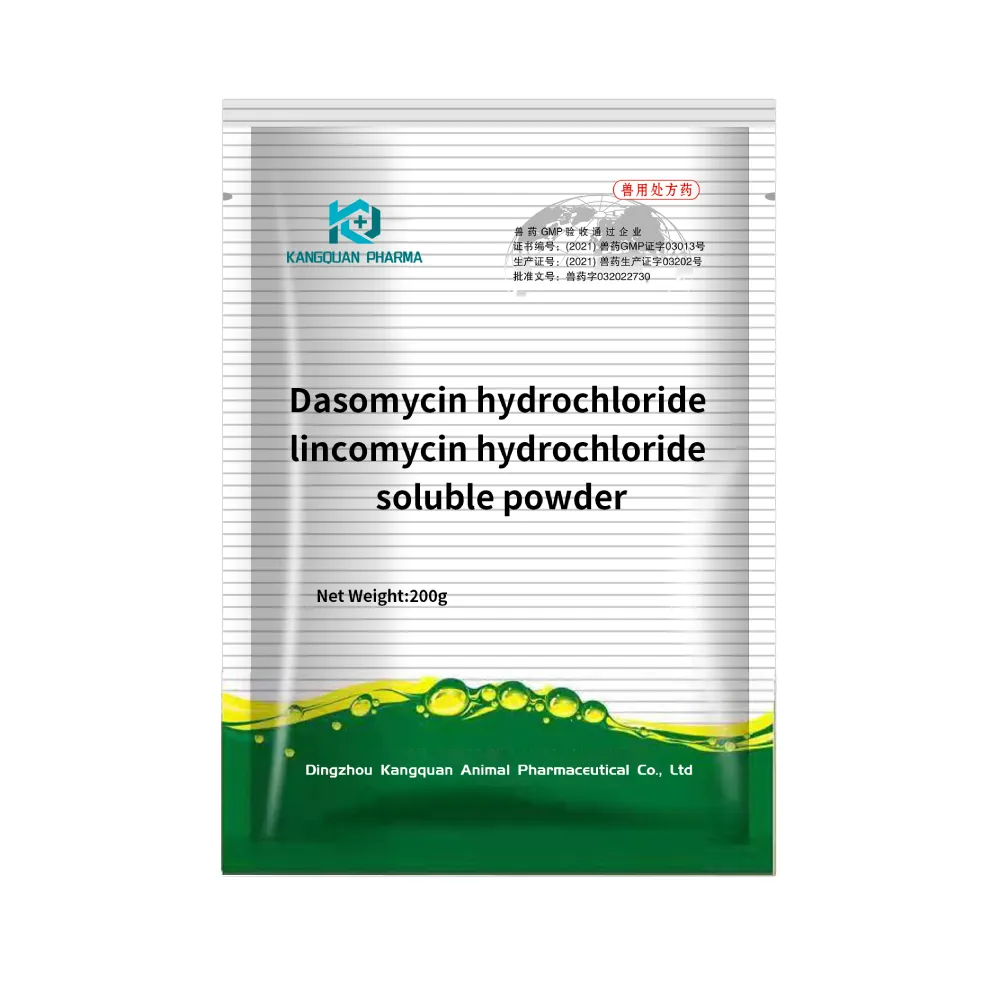- Afrikaans
- Albanian
- Amharic
- Arabic
- Armenian
- Azerbaijani
- Basque
- Belarusian
- Bengali
- Bosnian
- Bulgarian
- Catalan
- Cebuano
- Corsican
- Croatian
- Czech
- Danish
- Dutch
- English
- Esperanto
- Estonian
- Finnish
- French
- Frisian
- Galician
- Georgian
- German
- Greek
- Gujarati
- Haitian Creole
- hausa
- hawaiian
- Hebrew
- Hindi
- Miao
- Hungarian
- Icelandic
- igbo
- Indonesian
- irish
- Italian
- Japanese
- Javanese
- Kannada
- kazakh
- Khmer
- Rwandese
- Korean
- Kurdish
- Kyrgyz
- Lao
- Latin
- Latvian
- Lithuanian
- Luxembourgish
- Macedonian
- Malgashi
- Malay
- Malayalam
- Maltese
- Maori
- Marathi
- Mongolian
- Myanmar
- Nepali
- Norwegian
- Norwegian
- Occitan
- Pashto
- Persian
- Polish
- Portuguese
- Punjabi
- Romanian
- Russian
- Samoan
- Scottish Gaelic
- Serbian
- Sesotho
- Shona
- Sindhi
- Sinhala
- Slovak
- Slovenian
- Somali
- Spanish
- Sundanese
- Swahili
- Swedish
- Tagalog
- Tajik
- Tamil
- Tatar
- Telugu
- Thai
- Turkish
- Turkmen
- Ukrainian
- Urdu
- Uighur
- Uzbek
- Vietnamese
- Welsh
- Bantu
- Yiddish
- Yoruba
- Zulu
7 月 . 25, 2024 04:40 Back to list
Effective Disinfectants for Veterinary Use to Ensure Animal Health and Hygiene Practices
The Importance of Disinfectants in Veterinary Use
The health and well-being of animals are paramount in veterinary practice, and maintaining a sanitary environment is crucial for preventing the spread of diseases. Disinfectants play a vital role in veterinary use by ensuring that surfaces, tools, and living spaces are free from pathogens that can harm both animals and humans. This article explores the significance of disinfectants in veterinary settings, the types commonly used, and best practices for their application.
The Role of Disinfectants in Veterinary Settings
In veterinary clinics, hospitals, and shelters, the risk of disease transmission is high due to the close proximity of various animals with differing health statuses. Pathogens such as bacteria, viruses, and fungi can easily spread in these environments. Disinfectants serve as an essential line of defense, helping to eliminate these harmful microorganisms and significantly reducing the risk of infection. By maintaining a rigorous cleaning protocol that includes effective disinfection, veterinary professionals can protect their patients and staff, promote better health outcomes, and ensure a safer environment for everyone involved.
Types of Disinfectants in Veterinary Use
Disinfectants used in veterinary settings can be classified into several categories based on their chemical composition and mechanism of action
1. Quaternary Ammonium Compounds (Quats) These are popular disinfectants due to their effectiveness against a broad spectrum of pathogens, their low toxicity, and pleasant odor. They are often used on non-porous surfaces and in equipment cleaning.
2. Hypochlorites Sodium hypochlorite, commonly known as bleach, is a powerful disinfectant that can kill bacteria, viruses, and fungi. However, it can be corrosive and should be used with caution, especially on sensitive equipment.
3. Phenolic Compounds These disinfectants are effective against a wide range of microorganisms and are particularly useful in veterinary settings because they remain effective in the presence of organic matter. However, they can be toxic to certain animals, necessitating careful application.
4. Alcohols Ethyl and isopropyl alcohols are effective against bacteria and viruses. They are often used for disinfecting small surfaces and equipment but are less effective in the presence of organic matter.
disinfectant veterinary use

5. Peracetic Acid This is a powerful disinfectant used for sterilizing surgical instruments and other critical surfaces. It decomposes into non-toxic byproducts, making it safer for the environment.
Best Practices for Disinfection
To maximize the effectiveness of disinfectants, veterinary professionals should adhere to best practices for their use
- Follow Manufacturer Instructions Always read and adhere to the manufacturer's guidelines regarding dilution, contact time, and application methods. This ensures that the disinfectant's efficacy is not compromised.
- Clean Before Disinfecting Remove organic matter such as dirt, blood, and feces from surfaces before applying disinfectants. Organic matter can inhibit the activity of disinfectants, making them less effective.
- Use Personal Protective Equipment (PPE) To protect staff from exposure to potentially harmful chemicals, appropriate PPE such as gloves, masks, and goggles should be worn during the disinfection process.
- Regular Training Continuous education and training for veterinary staff on proper disinfection techniques and emerging pathogens are vital for maintaining high standards of cleanliness.
Conclusion
In summary, disinfectants are an integral component of veterinary care, contributing significantly to infection control and the overall health of animals. By selecting the right disinfectants and implementing best practices, veterinary professionals can create a safer environment that not only protects the health of animals but also the safety of staff and pet owners. As advancements in veterinary medicine continue to unfold, the use of effective disinfectants will remain a cornerstone of quality animal care.
-
The Power of Radix Isatidis Extract for Your Health and Wellness
NewsOct.29,2024
-
Neomycin Sulfate Soluble Powder: A Versatile Solution for Pet Health
NewsOct.29,2024
-
Lincomycin Hydrochloride Soluble Powder – The Essential Solution
NewsOct.29,2024
-
Garamycin Gentamicin Sulfate for Effective Infection Control
NewsOct.29,2024
-
Doxycycline Hyclate Soluble Powder: Your Antibiotic Needs
NewsOct.29,2024
-
Tilmicosin Premix: The Ultimate Solution for Poultry Health
NewsOct.29,2024













